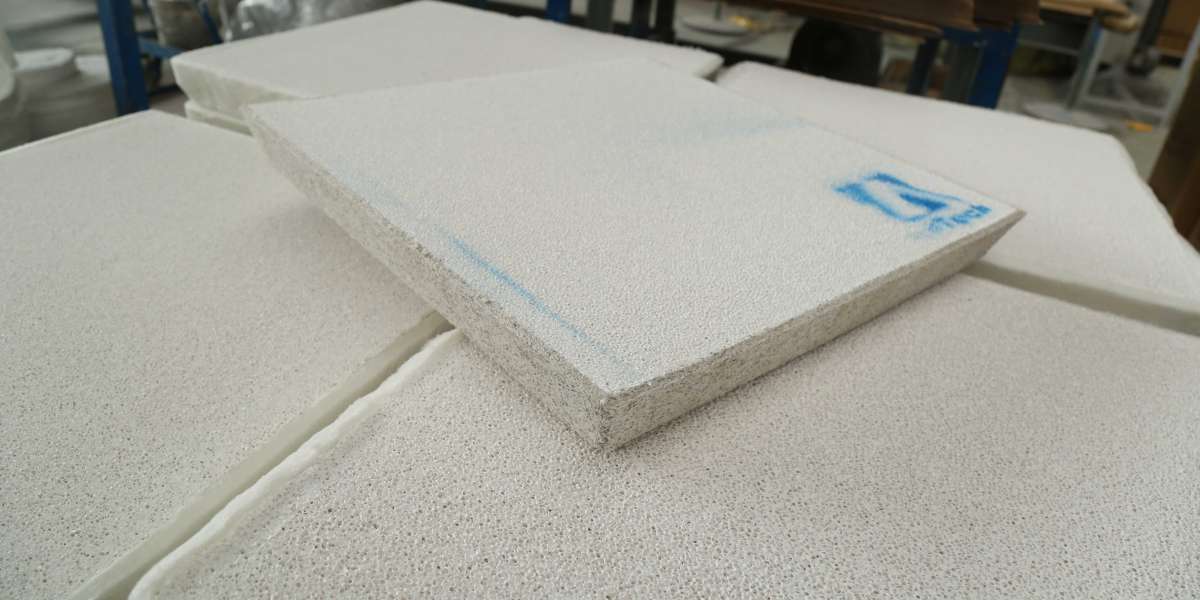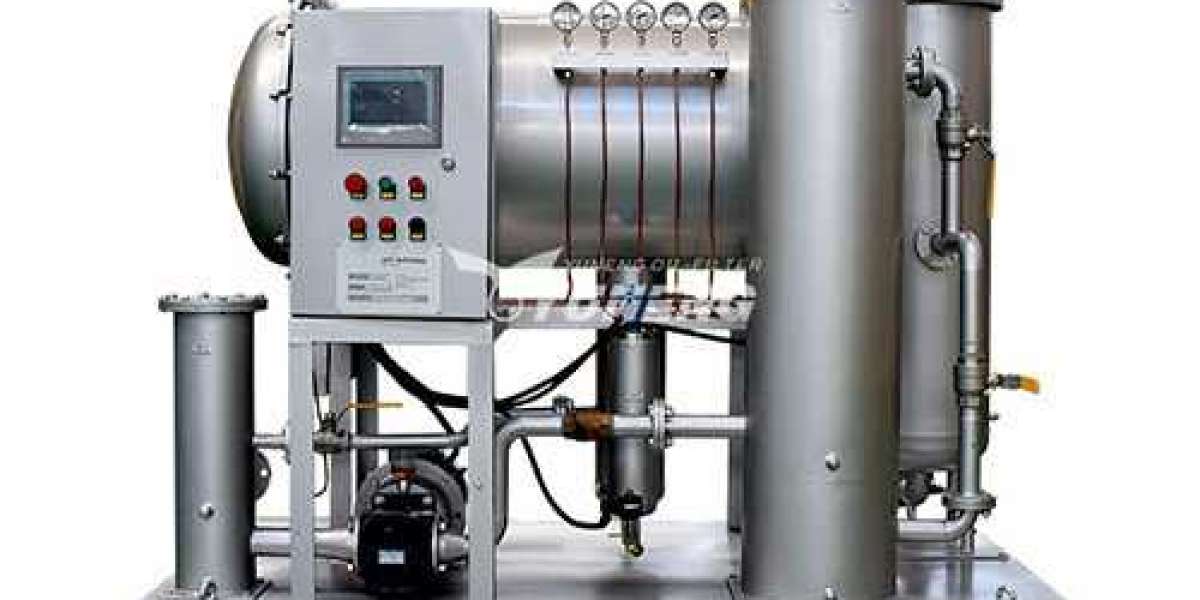Aluminum liquid filtration generally uses alumina ceramic foam filter filtration. When the aluminum liquid passes through the tortuous and interconnected pores in the foam ceramic, the internal debris is deposited on the wall of the pore under the action of fluid power, inertia, interception, collision, and adsorption. So that the clean aluminum liquid enters the casting flow plate. The foam ceramic filter filtration efficiency is directly related to the diameter of the micropores, but the diameter of the trapped debris is much smaller than the average diameter of the micropores.
Using alumina ceramic foam filter for aluminum with 12 holes/cm and a thickness of 50m can remove 80% of debris and other debris above 100μm. In order to improve filtration efficiency, it is also possible to use glass fiber mesh for coarse filtration first, and then use foam ceramic filter filtration. Tests have proved that liquid aluminum filtration can reduce the breakage rate of 6μm thick aluminum foil by 44% during finishing rolling. Alumina Foam ceramic filter plates are usually replaced once per heat to ensure the passing capacity of the molten aluminum and prevent the debris and slag particles deposited in the pores from re-entering the molten aluminum.
Cake filtration is the most common mechanism in which the foam ceramic foundry filters act as a sieve and retains particles larger than their pore size on the surface of the filter. These retained particles then form a screen and capture particles smaller than the filter aperture. As the cake accumulates on the surface of the filter, the process continues. Once the cake begins to form, the original filter serves only as a support for the cake, thus realizing the actual filtration of the melt. With the accumulation of filter cake, the pressure drop of the whole filter will increase, and the flow rate will decrease or stop sharply. At this stage, the filter is considered to be blind or clogged.
Deep bed filtration occurs inside the foam ceramic foundry filter medium as metal flows through the filter hole. The particles are trapped and held by electrostatic force when they contact the wall of the hole. The trapped particles are usually significantly smaller than the pore size of the filter. This is because novices cannot understand why seemingly coarse filters are extremely effective at removing inclusions of all sizes. All the conditions required for electrostatic force to bond these oversized particles to the filter hole wall are to initiate contact. If the weight of the particles is too large to easily follow the flow path of the liquid metal, this contact may occur due to precipitation. The second contact mode is direct impact, and the third is the velocity reduction effect caused by friction on the hole wall surface.



